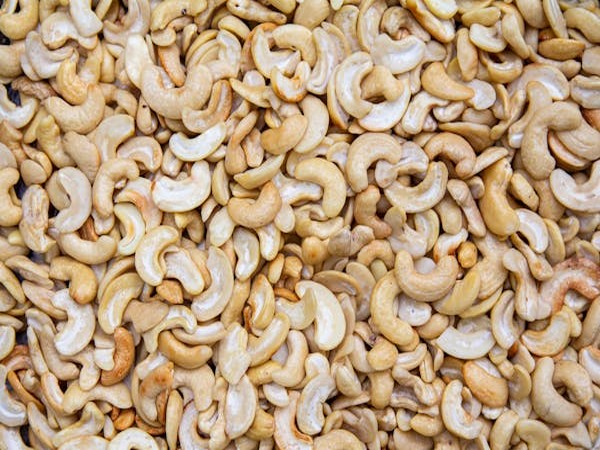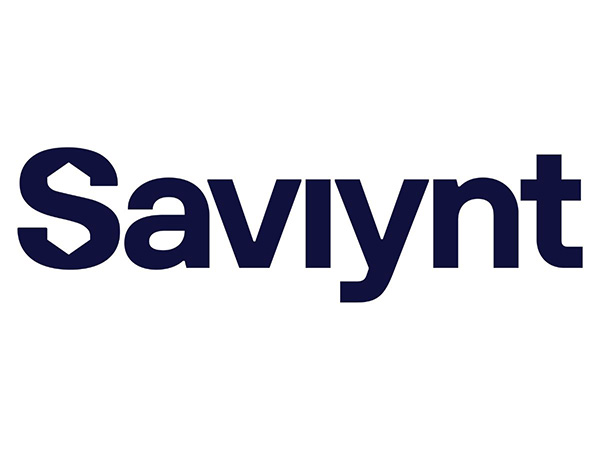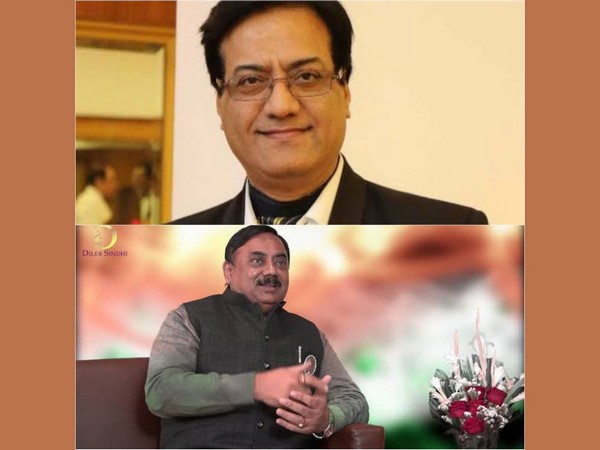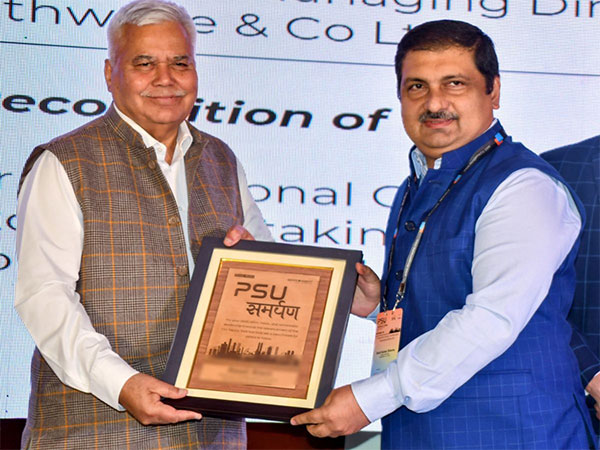Govt promises 'lowest possible' farming emissions levy price in latest plan
Dec 21, 2022
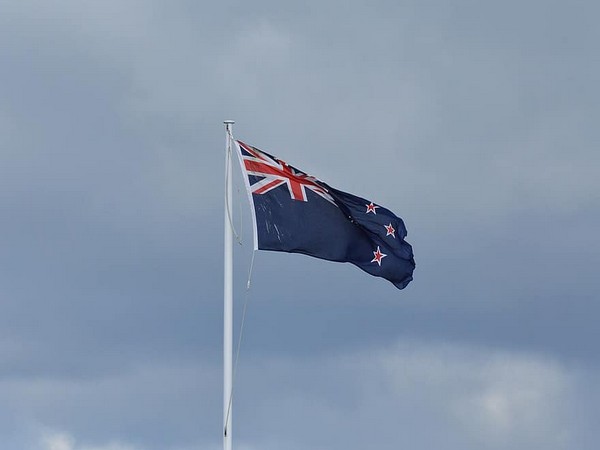
Wellington [New Zealand], December 21: The Government has promised to price agricultural emissions at the lowest point possible to ensure its emission targets are met, prompting cautious optimism from the farming sector over its part in New Zealand meeting its climate change goals.
In a report released today, the Government has also re-stated its change in position on what sequestration efforts farmers make to suck up greenhouse gases will be included to offset the cost - something that the sector found lacking in its initial proposal in October.
Under the current proposal, there would be a five-year price pathway from 2025, aimed at giving farmers certainty up until 2030 on what they would pay for their emissions, which would be "relatively low, unique prices could be set initially for both biogenic methane and nitrous oxide for five years based on set criteria".
"I've always said we're open to changes if they build greater levels of buy-in," Prime Minister Jacinda Ardern said.
"Today we move forward by moving closer together on a workable system."
Ardern, alongside other ministers, spoke to media on the report this morning.
Consumers are demanding sustainable products, which indicated the need for an emission reduction system for the agriculture sector, Ardern said.
The Section 215 report on the emission pricing scheme released today preceded final decisions that were expected early next year
Ardern said the scheme must be practical and reduce emissions in line with existing targets.
She said it would unlock a price premium for sustainable products.
Representatives of the agricultural sector are cautiously welcoming the news but want to see more details regarding the exact levy price and what sequestration measures will be accepted under the scheme.
"The Government's report confirms much of the approach put forward by the He Waka Eke Noa partnership and this is promising," Meat Industry Association chairman Nathan Guy said.
"However, there are still a number of issues that need to be worked through to ensure the system can deliver on its objectives.
"A key area that warrants further work and clarification is how exactly sequestration will be accounted for and rewarded within the emissions pricing system. This is a critical aspect and farmers must be able to count all genuine sequestration on farm."
Ardern said to the sector that their advocates have been strong.
"We haven't always agreed but we have found a pathway through."
The report did say if a price pathway was not set up by 2025, an interim levy would be placed at the processor level - something Guy was concerned about as it could mean farmers' individual efforts to reduce emissions were cancelled out by those who didn't.
"This would be ineffective, inequitable and complex," Guy said.
"It also detracts the focus away from working hard to ensure the farm-level pricing scheme is up and running by the deadline set by Government."
In a consultation document in October, the Government has proposed separate levy prices for long-lived gases and biogenic methane, in line with the "split-gas" approach it's taken under its Zero Carbon Act.
Introducing these new levies, it says, would be enough to meet its target of bringing biogenic methane emissions down to 10 per cent below 2017 levels by 2030 (later to be scaled up to a 24 to 47 per cent reduction by 2050).
Today's report, formed following a six-week consultation process that drew almost 23,000 submissions addressed concerns expressed in October that the emissions pricing scheme would drive farmers to reduce stock numbers and increase afforestation.
The report also included a response to criticism that farmers who had made sequestration efforts like planting native bush, would not be rewarded in the emissions plan.
"At the minimum, sequestration from riparian plantings and from increases in carbon from indigenous forest linked to specific management interventions will be included from 2025."
He Waka Eke Noa, a partnership of sector stakeholders, jointly submitted on emissions pricing and independent chairwoman Sarah Paterson said today's report showed the Government was moving in the right direction.
"This is a high-level, direction-setting report and does not have all the detail farmers and growers will need, but it is an important milestone," Paterson said.
"It confirms that He Waka Eke Noa has been successful in putting the case for a farm-level split-gas levy instead of including agriculture in the New Zealand Emissions Trading Scheme (NZ ETS).
"It shows the Government is listening to sector and Māori views and is taking action to address concerns."
Source: Finjian Broadcasting Corperation
